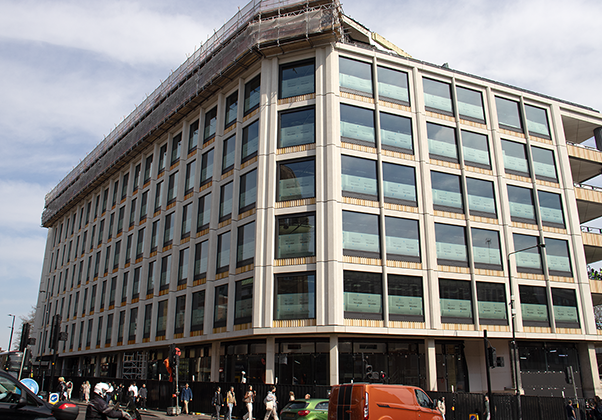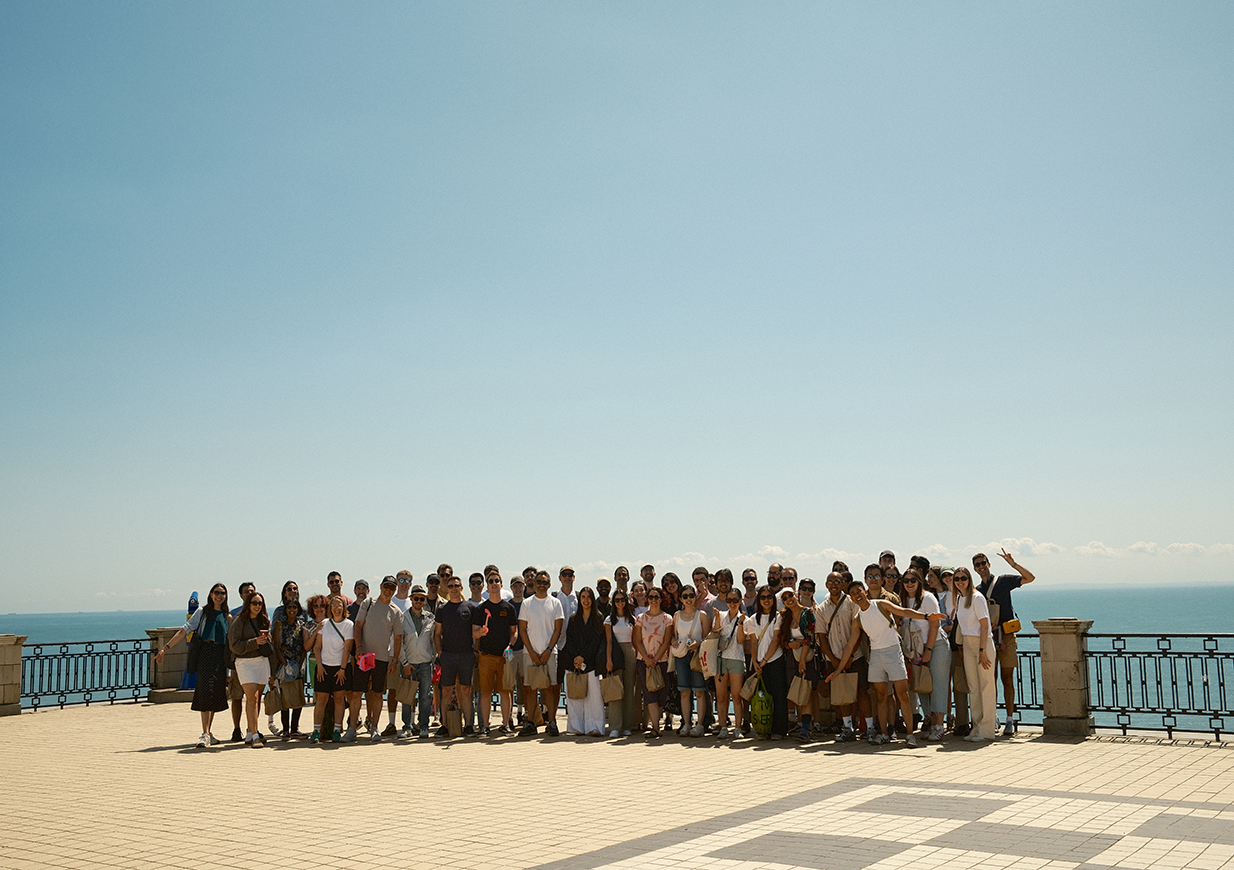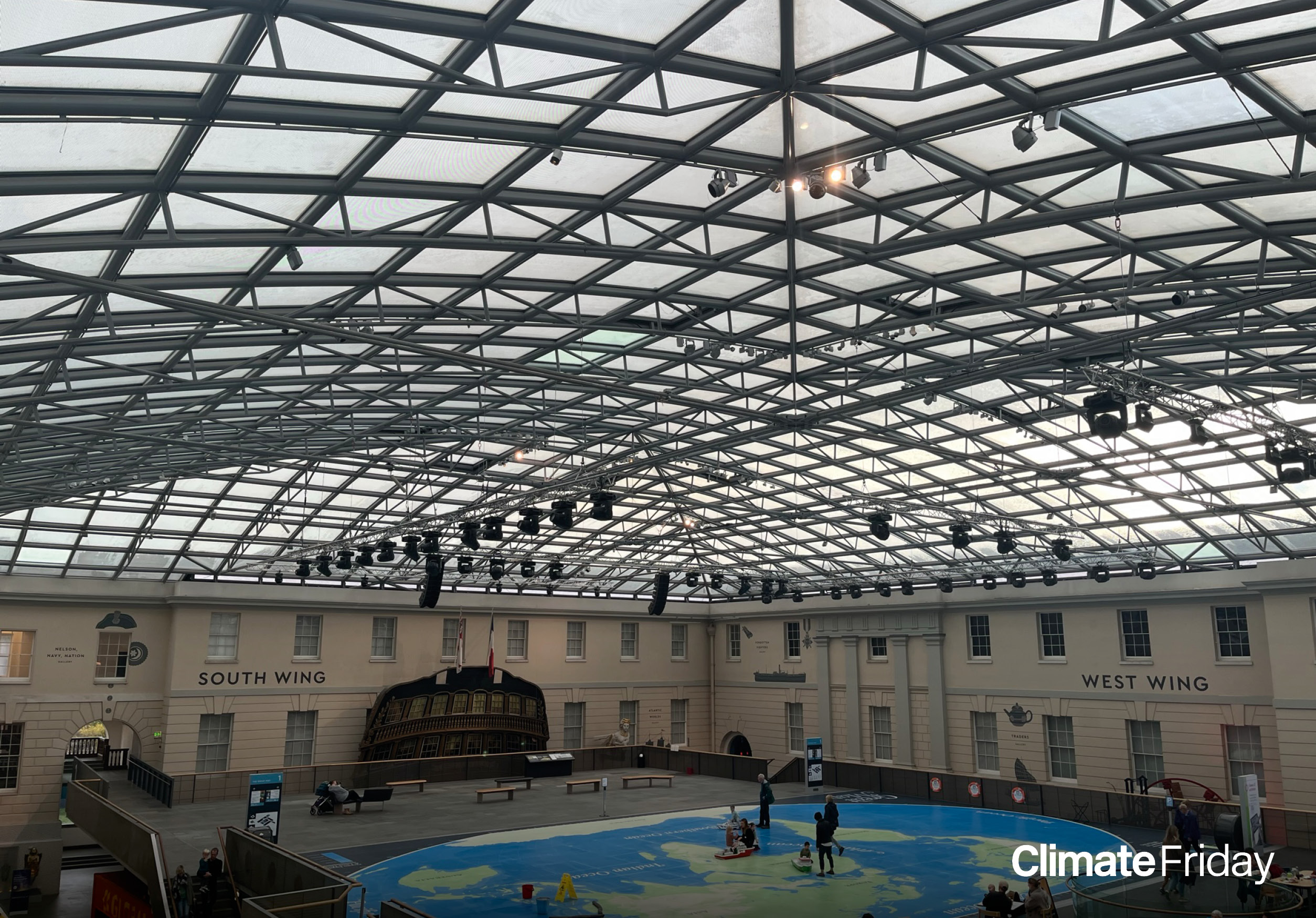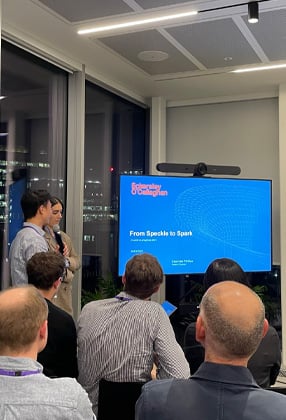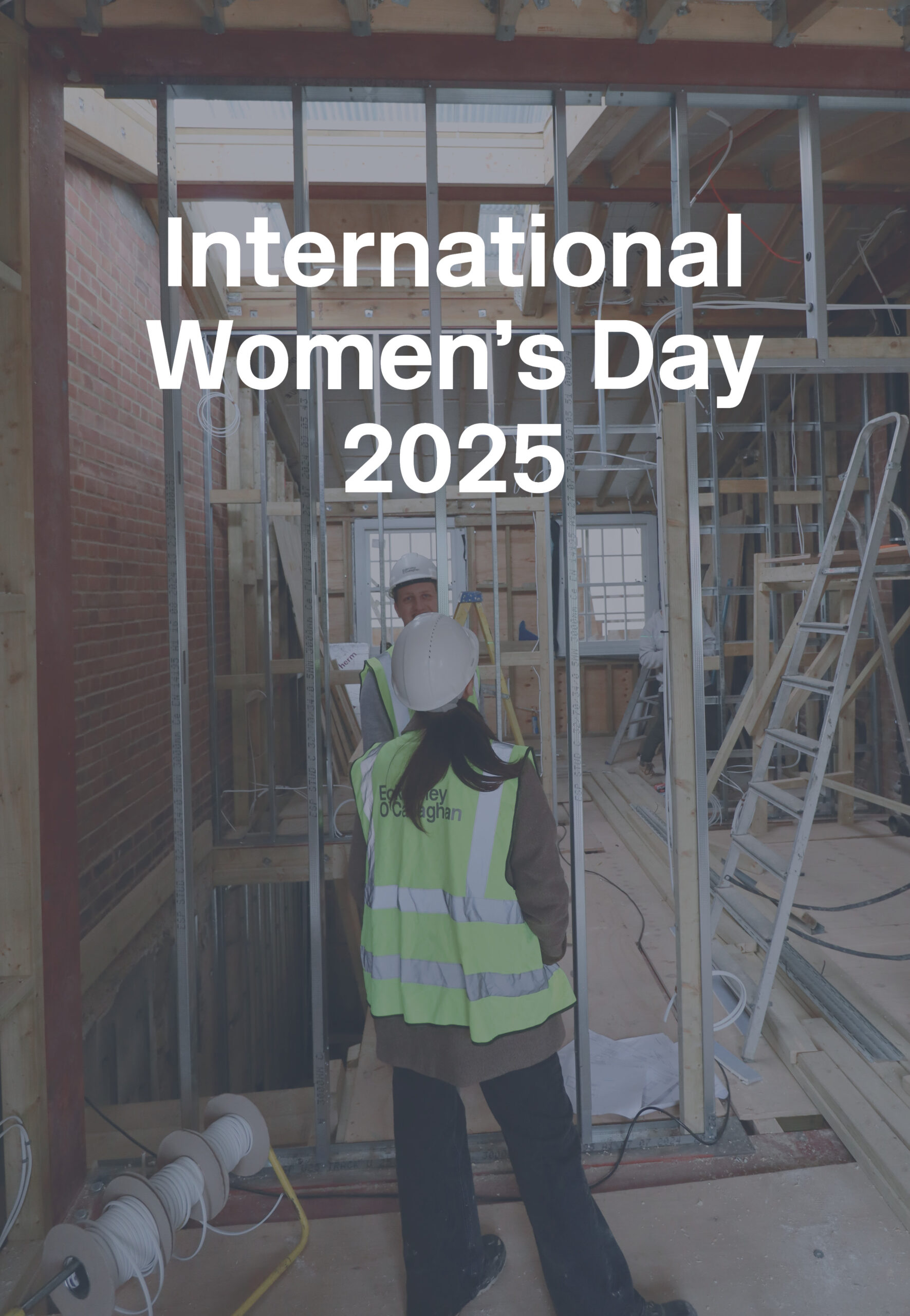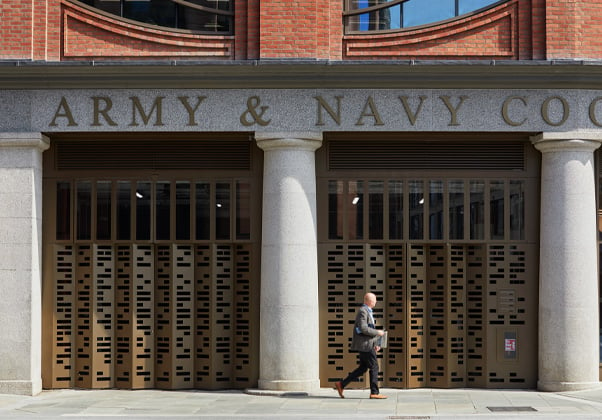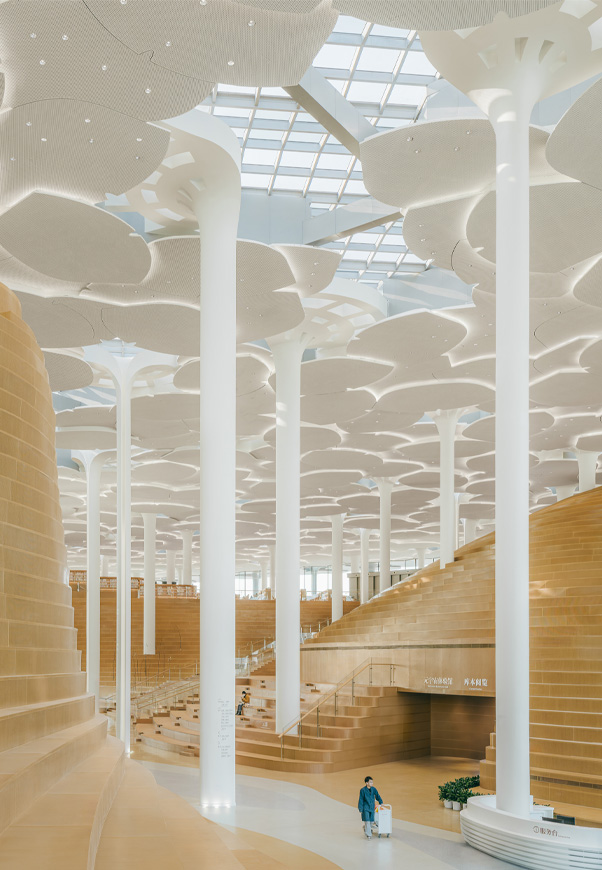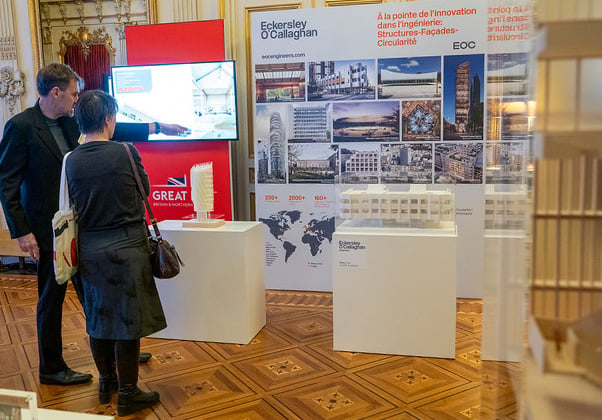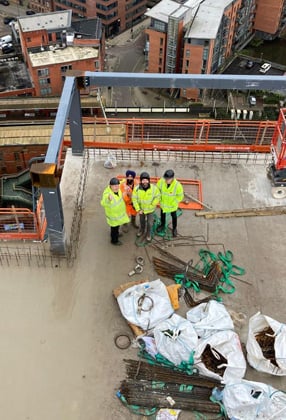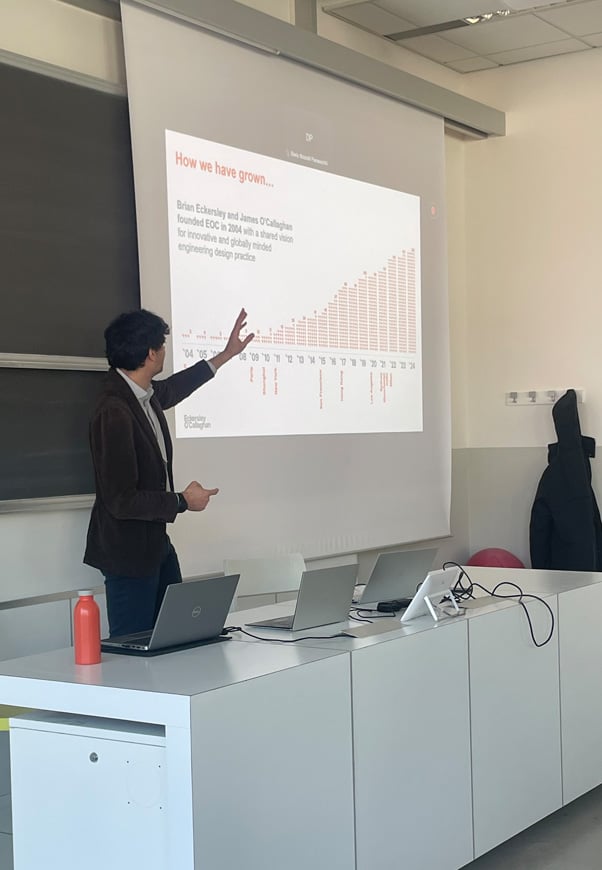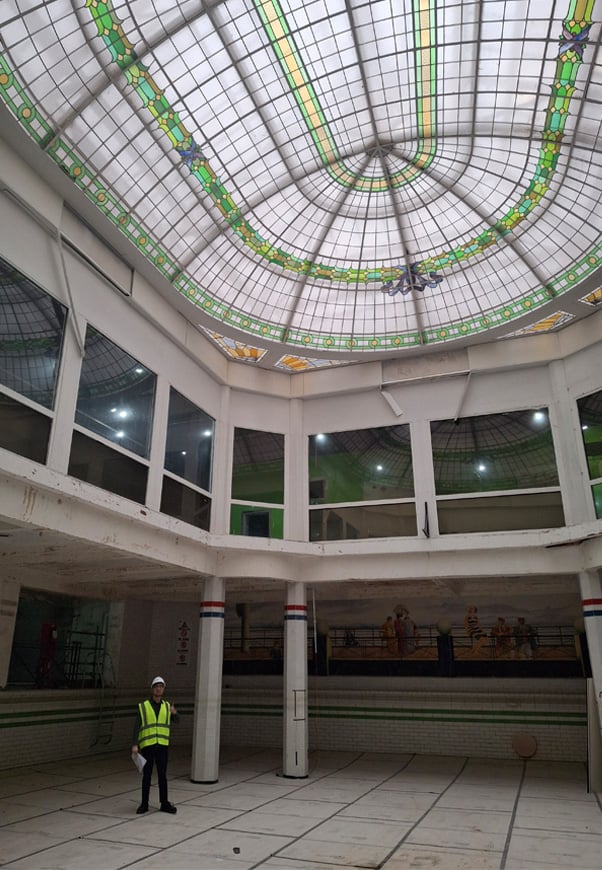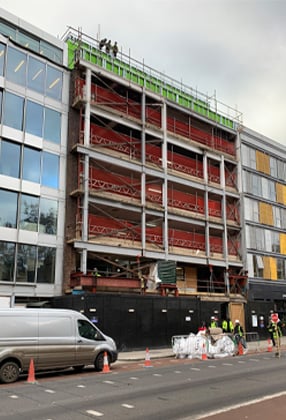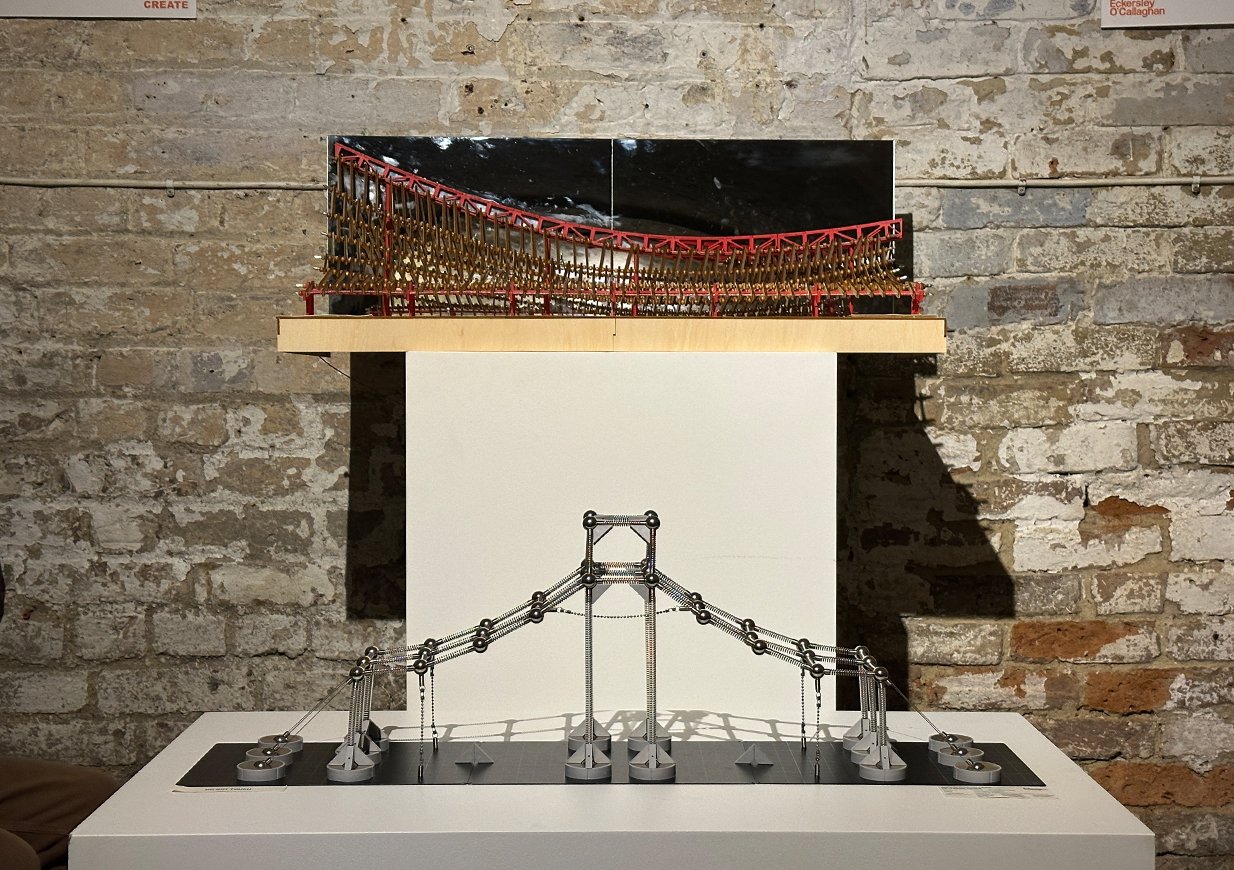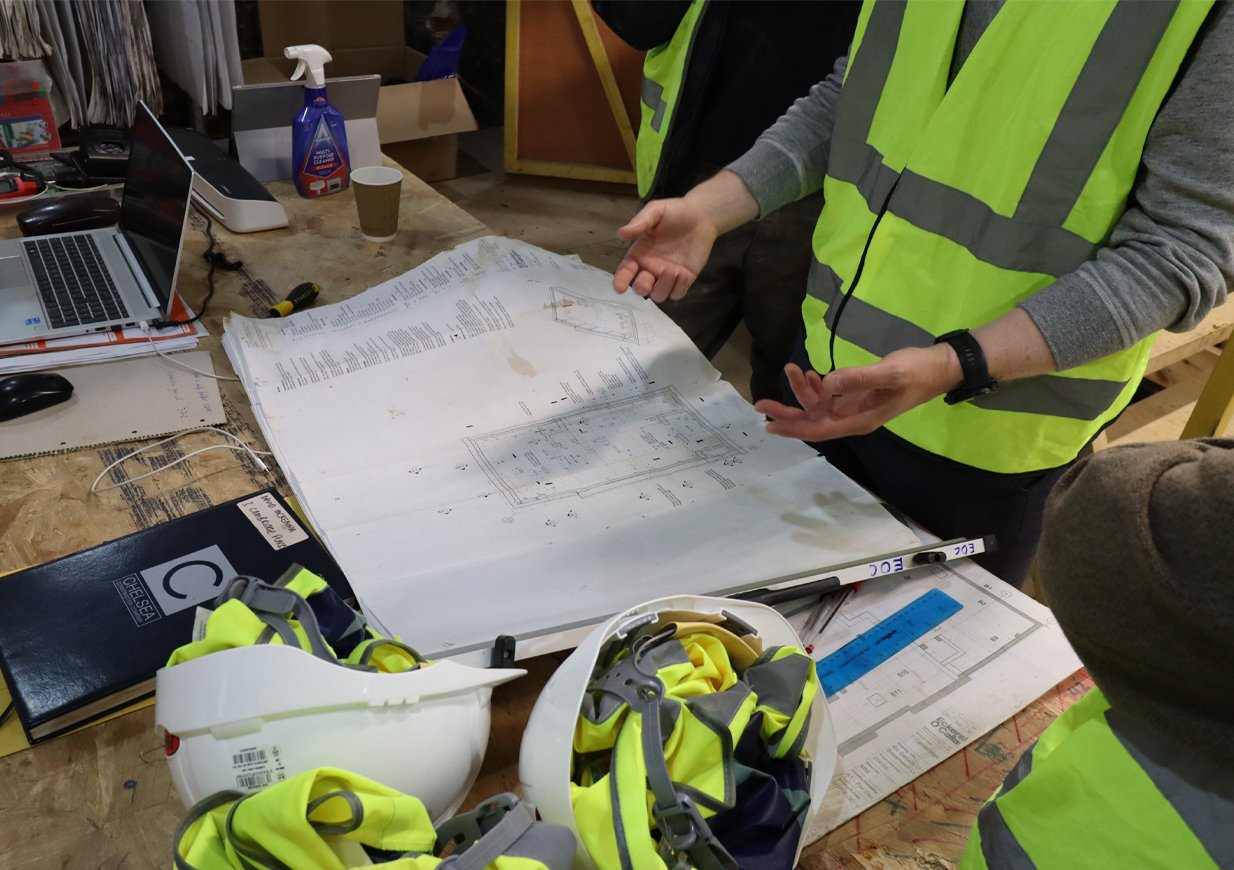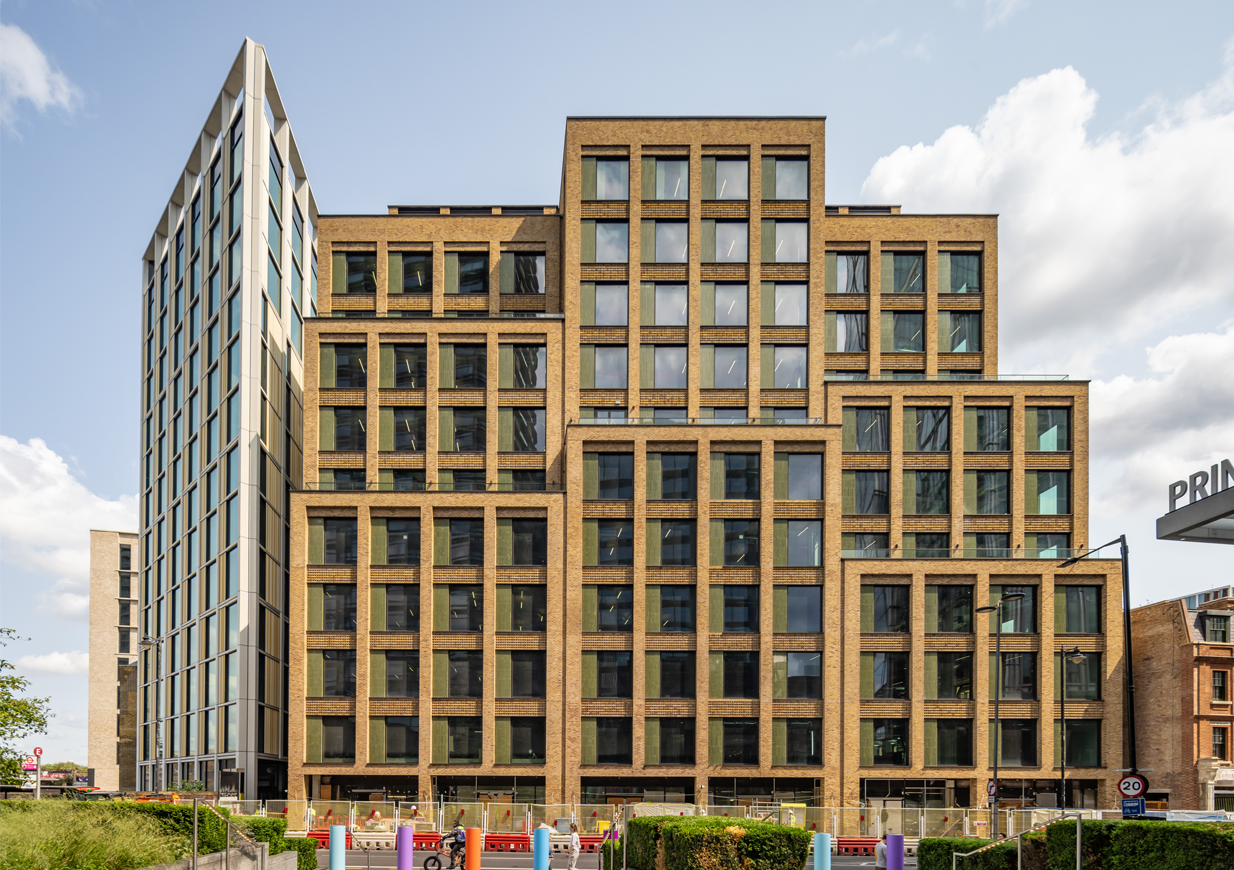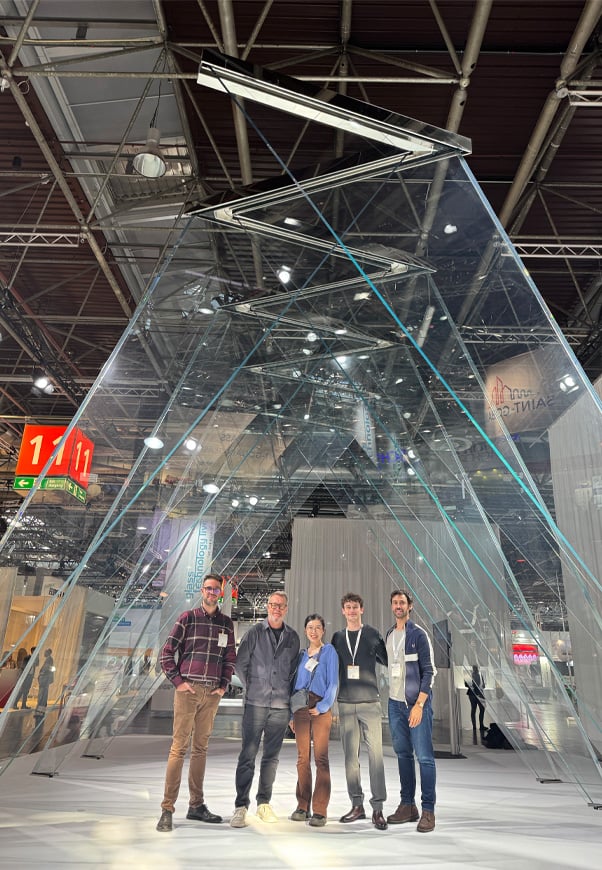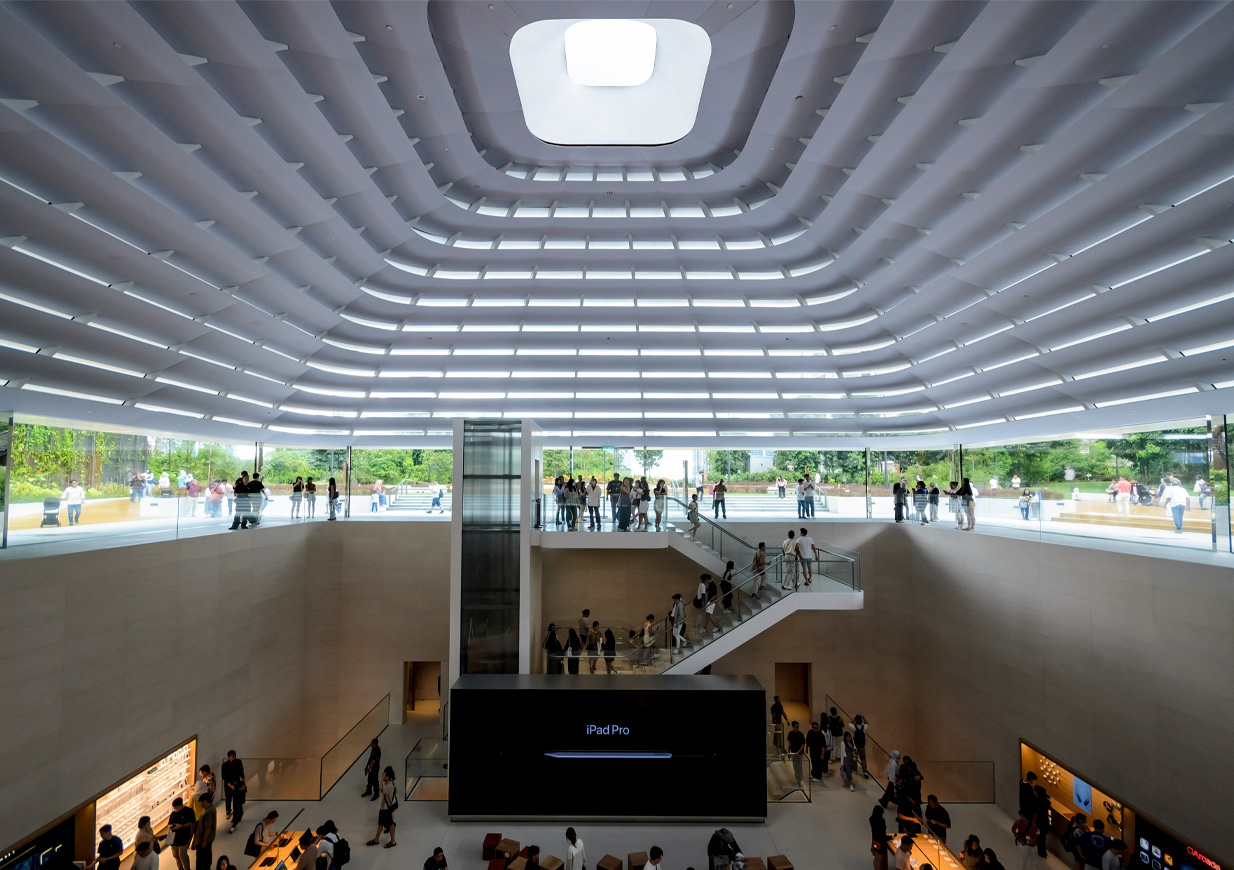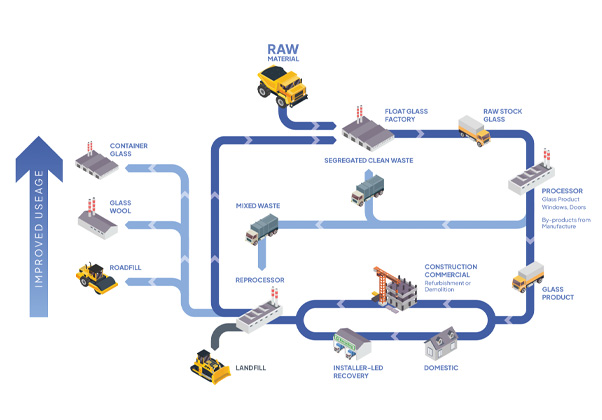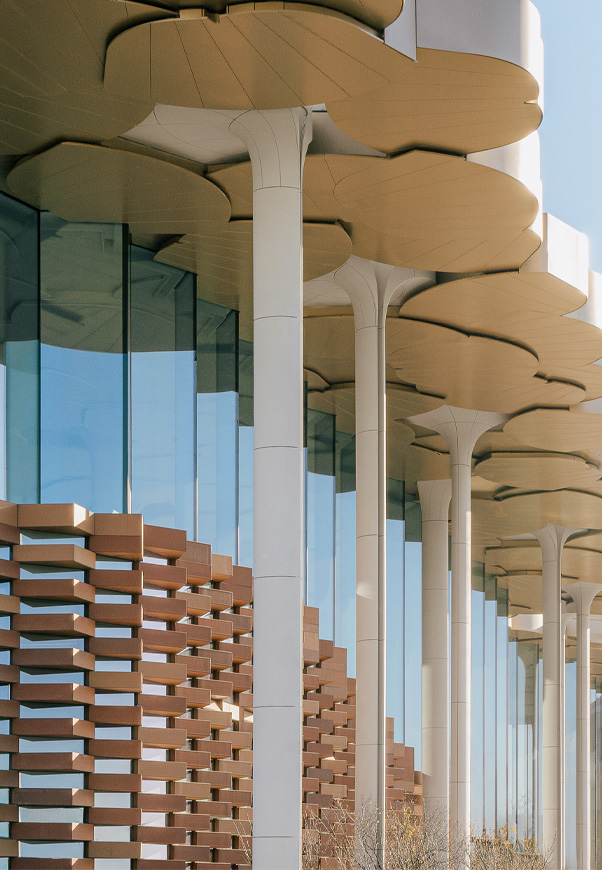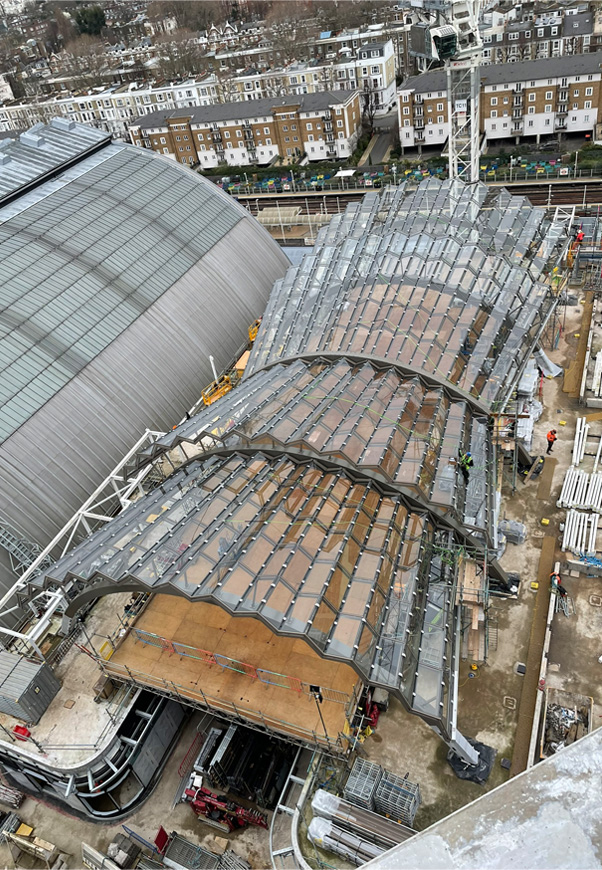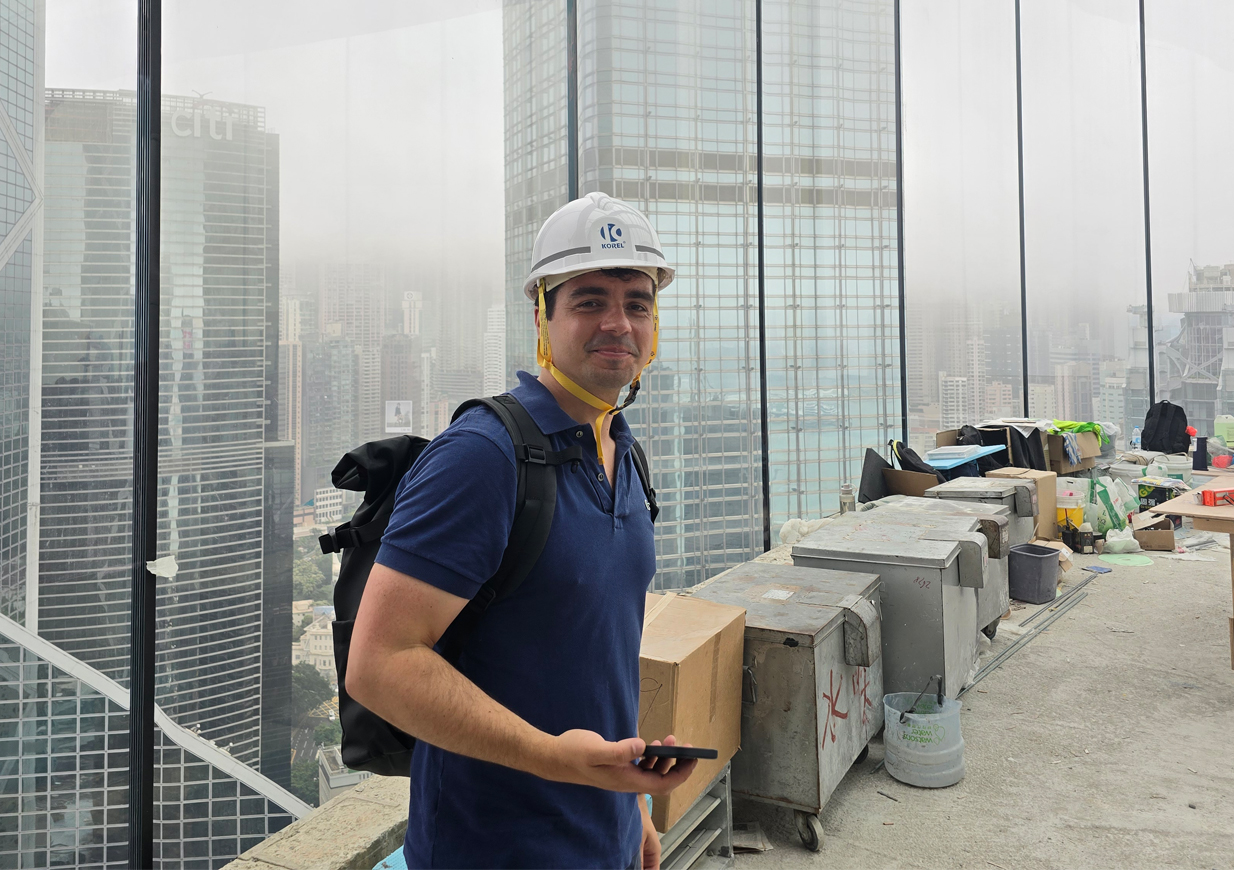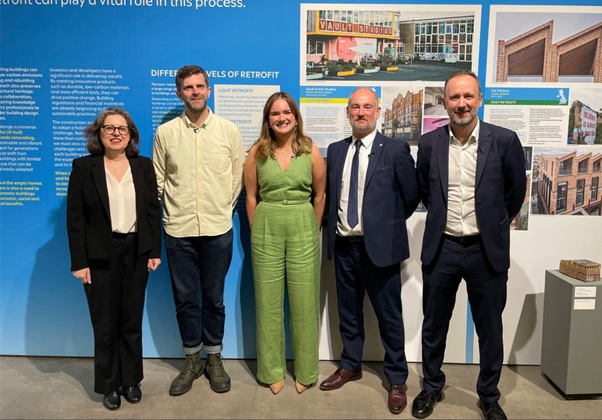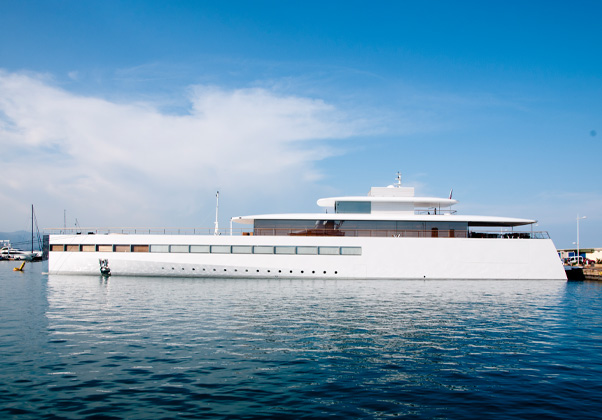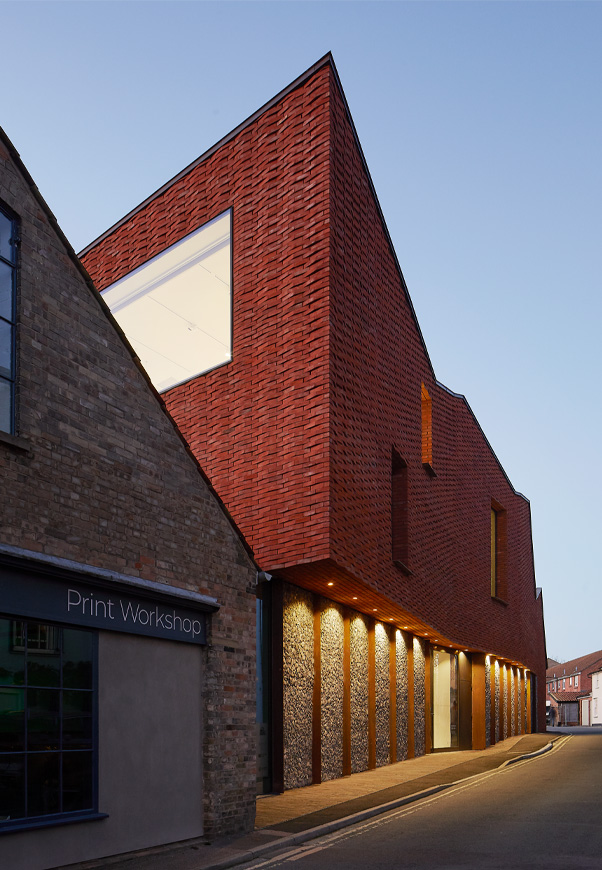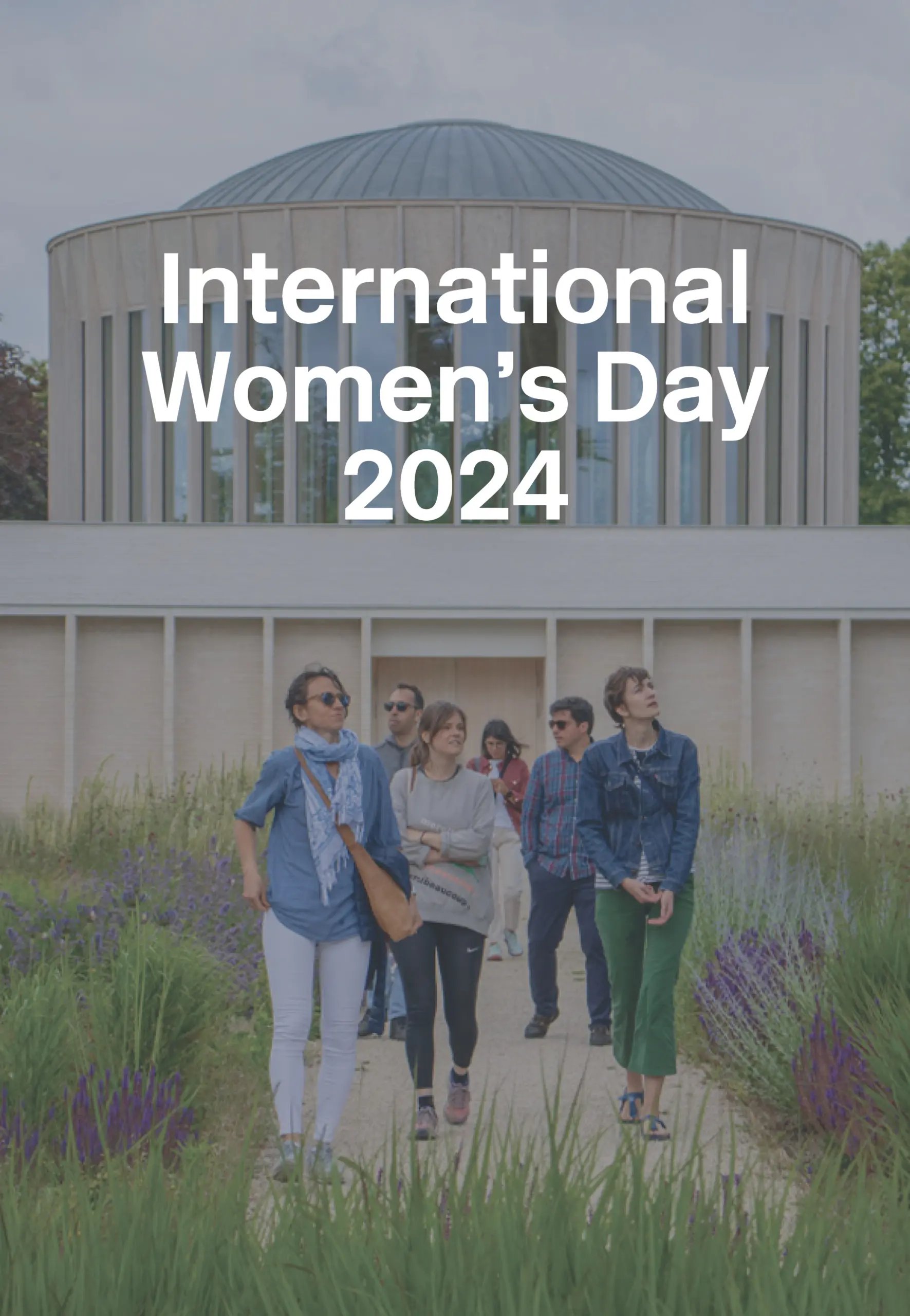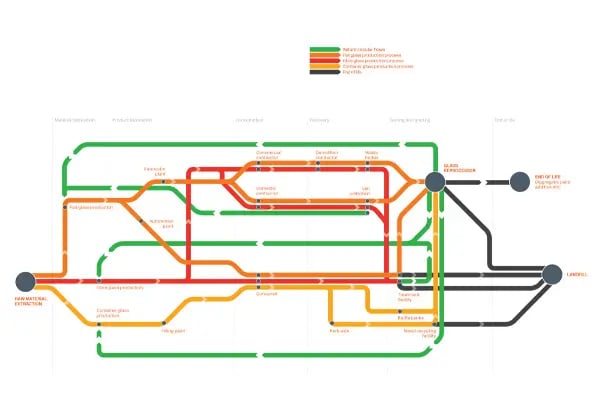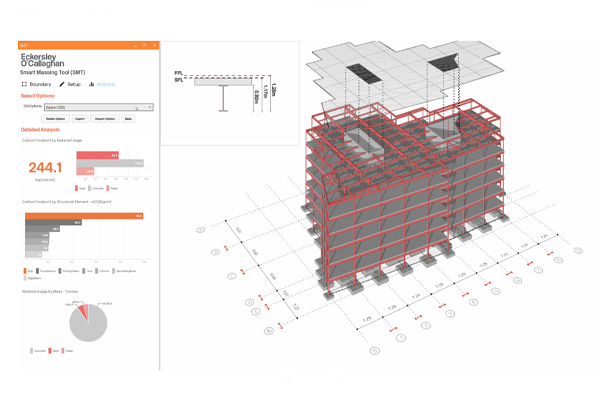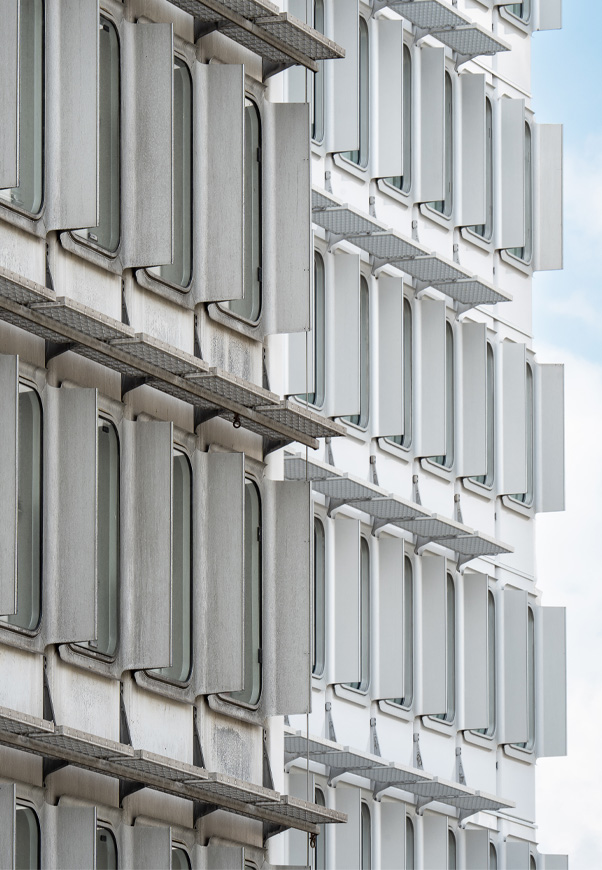Climate Friday | A tool to improve climate resilience of facades
23 July 2021
23rd July 2021

Within the building industry, resilience is the capacity of a building to maintain its functionality during extreme events or chronic climate changes. In this, a building’s facade plays a critical role. It is a key driver to reduce the risk of sub-standard performance in future climate scenarios.
Increasingly, cities and buildings are facing events linked to climate change, such as elevated temperatures and extreme rainfall, along with unforeseen events like the global pandemic. This last year has shown us that buildings are not currently resilient to these effects. Consequently, they may not support their basic functionality (e.g. structural safety and protection of human life), nor their operational ones (occupant comfort, healthy working environment, durability etc.) when facing these events.

How can we shift our approach to facades so that we improve the resilience of a building without provoking further climate change?
Project Engineer, Audrey Aquaronne, is undertaking a research project, which attempts to break down the problem into more basic questions:
- What are the impacts of climate change and how do they affect facades?
- How do we evaluate these risks and consequences in a holistic way?
- How might we evaluate a facade design to mitigate such risks?
Our Facades team, in collaboration with Fabio Favoino of the TEBE research group of Politecnico di Torino, is developing a Facade Resilience Framework. This simple evaluation tool guides the design team through the development of a more resilient building envelope accounting for varying levels of performance versus different climate stressors.
Using state-of-the-art scientific projections of future climate changes and project-specific location and performance, the Framework uses global and local datasets at different timeframes (“near future” and “far future”). It maps the key climate issues the building will face in those timeframes and gives guidance to support appropriate decision making at different design stages.
The tool is divided in two parts, qualitatively evaluating the risks of climate change and proposing guidelines for potential mitigation:



